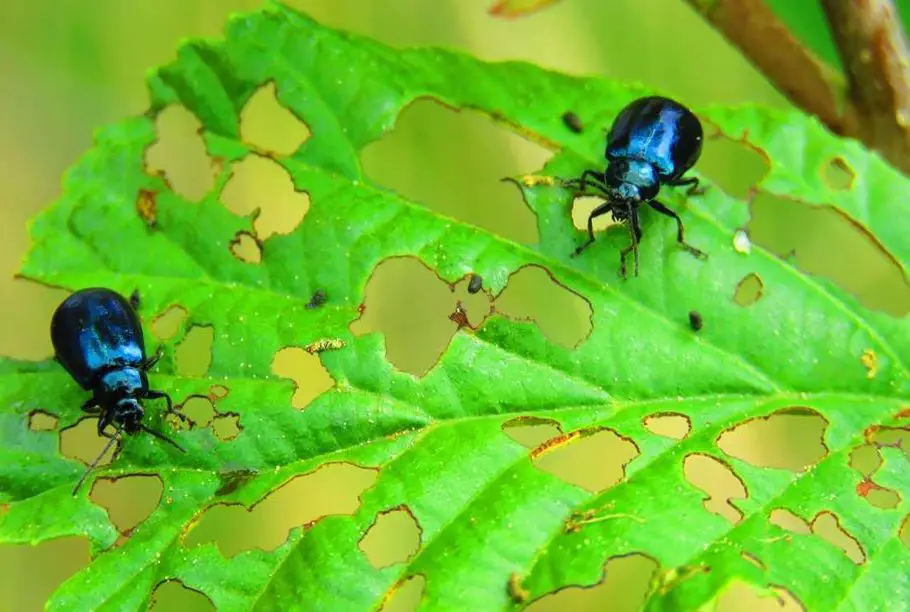The Northeast of the United States is home to various pests. Several states, including New York, Massachusetts, Connecticut, Rhode Island, New Hampshire, Vermont, and Maine, are covered by insects in New England. There are many habitats for pests in the region, some of which are coastal and others of which are densely wooded. The Northeast is home to various stinging, biting, boring, and crawling pests. These insects bother people and may harm crops and seriously infest trees.
Insect pests are everywhere, including in the Northeast of the United States. The insects of New England exhibit a range of offensive tactics. Many bothersome insects may visit the home garden, but borers and other bugs are also prey in larger wild areas. Recognize the local flying and crawling insects and be aware of the best course of action to minimize any possible harm.

The Vegetable Garden’s Insect Pests
Food-oriented gardeners are aware of the need to insect-proofing their produce. Because they are big enough to see, insects like Mexican bean beetles, Colorado potato beetles, tomato hornworms, and Japanese beetles may be hand-picked off plants. However, little pests like aphids need natural treatments, such as horticultural soaps. Vegetables may be shielded from microscopic insects like flea beetles using row coverings. Eliminating overgrown vegetation limits the environment for bug pests’ eggs and larvae. Insects like the squash bug and European corn borer overwinter on decaying plant matter. Slugs and snails may be kept away from plants using diatomaceous earth since their eating will kill off the leaves.
Northeast lawn insects
The health of sod might suffer in New York and other Northeastern states due to insects. Big pests like gophers and moles are a common problem for backyard gardeners, but the most destructive pests are the bugs. Under the grassroots, there are several grub species. While some of them consume the leaves, others consume the roots. Their tunnelling habit damages roots and brings to the death of some sod. Brown patches in the grass might be signs of grub infestations. Japanese beetle grubs with a cream hue are often to blame, although sod webworms may also be seen. Cutworms, crane flies, bluegrass billbugs, and chinch bugs are other insect pests that infest sod.
Northeast Tree Pests
In New England, there are numerous stunning and noteworthy kinds of wood. Unfortunately, insects, many of which are not native, endanger their health. One of them is the spotted lanternfly, which may destroy a tree in cases of heavy infestation. Galls or other strange growths on stems may be signs of potentially deadly mites. Many larval species consume leaves and harm the health of trees. Because they lurk within the tree and obstruct the flow of nutrients and water, borer infestations are particularly dangerous. A few typical insect pests of trees include the following:
- Cottony Mountain Scale
- Spruce Spider Mite
- White Pine Weevil
- European Pine Sawfly
- Bronze Birch Borer
- Elm Spanworm
- Carpenter Ants
- Birch Leafminer
- Emerald Ash Borer
- Eastern Tent Caterpillar
- Brown Marmorated Stink Bug
- Bagworm
Although some insects favour a particular kind of tree, many are general pests that may infest many different plants. Spraying is a common technique for gaining control. The easiest approach to controlling huge trees is often hiring an expert. Additionally, certain systemic herbicides may provide relief.

